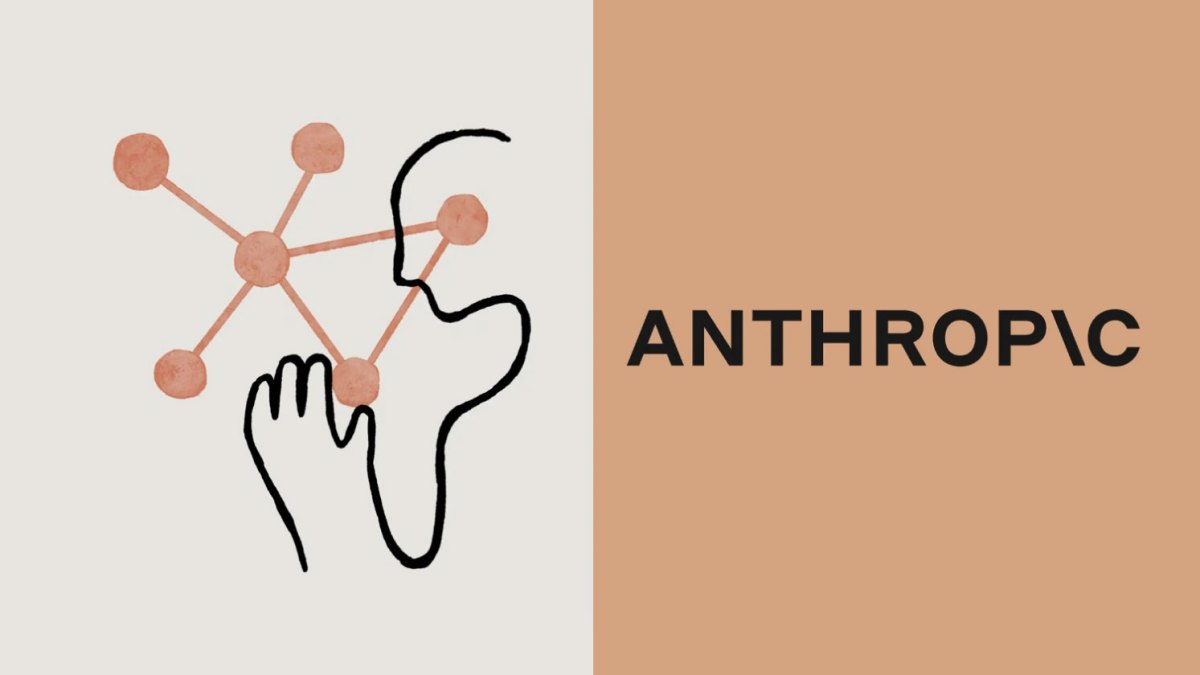- Innovation Profs Newsletter
- Posts
- Innovation Profs - 9/12/2023
Innovation Profs - 9/12/2023
Your weekly guide to generative AI tools and news
Generative AI News
Artificial intelligence technology behind ChatGPT was built in Iowa — with a lot of water
Did you know that GPT-4 was, to quote a Microsoft executive, “literally made next to cornfields west of Des Moines”? After its initial $1 billion investment in OpenAI in 2019, Microsoft used its data centers in West Des Moines to train GPT-4. Strikingly, we’re also learning about some of the environmental challenges involving in training large language models, as the amount of water Microsoft needed to cool its supercomputer in July 2022 came to about 6% of the water dispensed by the West Des Moines Water Works during that month, to the tune of 11.5 million gallons of water. In an official statement, the West Des Moines Water Works confirmed that Microsoft was seeking to lessen its water footprint even as it plans to open two new data centers in West Des Moines this year.
Newsom signs executive order to study uses, risks of generative AI in California
“This is a potentially transformative technology — comparable to the advent of the internet — and we’re only scratching the surface of understanding what [generative AI] is capable of,” said California governor Gavin Newsom in a written statement after signing an executive order to study potential costs and benefits of generative AI. Included in the order is a directive for several state agencies to develop guidelines for the use of generative AI, as well as a study of the impact of generative AI on the state’s energy infrastructure.
Meta sets GPT-4 as the bar for its next AI model, says a new report
The LLM arms race continues, as Meta is building up resources to develop a new model that will rival GPT-4. As noted in the article, both Apple and Amazon are entering the race as well, with Apple building its Ajax AI model and Amazon potentially pursuing an LLM-powered Alexa.
Potential Supreme Court clash looms over copyright issues in generative AI training data
Might a legal case pertaining to generative AI, such as the status of copyrighted training data, ever make its way to the Supreme Court? Could generative AI be heading for its “Napster moment,” in which it is found to involve copyright infringement but could further lead to a new framework to satisfy the need for AI-generated content, much like how Napster eventually led to the development of music streaming services that offered remuneration to artists? The linked article lays out a number of key legal issues that generative AI may have to reckon with in the near future.
How badly will AI-generated images impact elections?
Will 2024 be the year of the AI election? The lack of guardrails on the use of AI generated art tools such as DALL-E 2, Midjourney, and Stable Diffusion is a cause for concern about the possibility of misinformation as we head towards the 2024 election.
Skype’s Bing AI gets a massive upgrade with tone suggestions and more
Remember Skype? Microsoft is using its AI-powered Bing Chat to improve Skype’s chat performance. You can now modify the tone of any message you write in Skype, including tones such as Casual, Professional, Sarcastic, and Witty.
Generative AI Workshop Oct. 17
Our next Generative AI Workshop will be Oct. 17 at Drake University. Come learn how to use generative AI tools ChatGPT, Midjourney, D-ID and more. You can attend in-person or virtually. Sign up here.
Know someone who wants to learn more about generative AI? Forward them this newsletter or send them this link to sign up.
Tool of the week: Claude 2
Just this past July, Anthropic rolled out Claude 2, a new language model set to rival ChatGPT, built to incorporate ethical principles in order to minimize harmful outputs and unwanted biases using a new framework called constitutional AI. A paid version of Claude 2 has now been released. Features include expanded access for users, priority usage during high-traffic periods, and early access to new features. One key difference between Claude 2 and ChatGPT is in the size of their respective context windows, with Claude 2’s much larger context window allowing it to process texts of up to 75,000 words in length. In addition, unlike ChatGPT, Claude can even take pdf files as input.
Innovation Profs Homework
Here’s an assignment Professor Snider had his digital media strategies grad students do this semester. Reply to this email and let us know how it worked for you…
Use generative AI to plan a week of social media content and then evaluate that content. First, pick a small business and describe what it does. Then, ask a generative AI tool (Chat GPT, Claude, etc.) to write one week of content for that business for one social network.
Some things you should include in your prompt:
What is the business and what does it do?
What social network are you using?
What audience are you trying to reach?
What goal are you trying to achieve with your posts?
AI-generated image of the week
Generative AI does a pretty good job creating coloring pages. Here’s what it came up with from a pretty simple prompt in Midjourney.

Prompt: Iowa-themed coloring page Generative AI tip of the week
Did you know that ChatGPT can create tables for you? Read about using ChatGPT to format tables here:
Get starting with Generative AI
New to generative AI? Here are some places to start…
What we found
Writer Elif Batuman was searching for a specific passage in Marcel Proust’s In Search of Lost Time, and so she turned to ChatGPT for the answer. Unfortunately, things did not go very well, as Batuman found that ChatGPT might not be the most reliable guide for answering questions like hers (it’s great for many tasks but not producing specific details of factual matters!).


